I can't wrap my head around how the capacitor gets discharged in UJT relaxation oscillator. I understand when \$ V_E \$ reaches or exceeds a threshold (say \$ V_{ON} \$), current flows from emitter to \$ B_1 \$. But \$ V_S \$ supply the circuit with a constant DC voltage and eventually after an \$ \tau = RC \$, the capacitor locks in a charged up state with voltage of \$ V_{ON} \$, as \$ V_E \$ also holds onto a constant \$ V_{ON} \$ passing current from emitter to base.
The capacitor has no where to discharge the current unless \$ V_{S} \$ is removed and only then can the capacitor supply voltage to the UJT instead of \$ V_{S} \$.
I've read a few tutorials which all sum up, without much explanation, that once the capacitor charges up to a threshold voltage, it discharges through the UJT. And once the capacitor gets fully discharged it gets charged up again and the cycle goes on producing a pulsed waveform out of the base. I do not see how the capacitor can discharge unless \$ V_{S} \$ is taken out.
